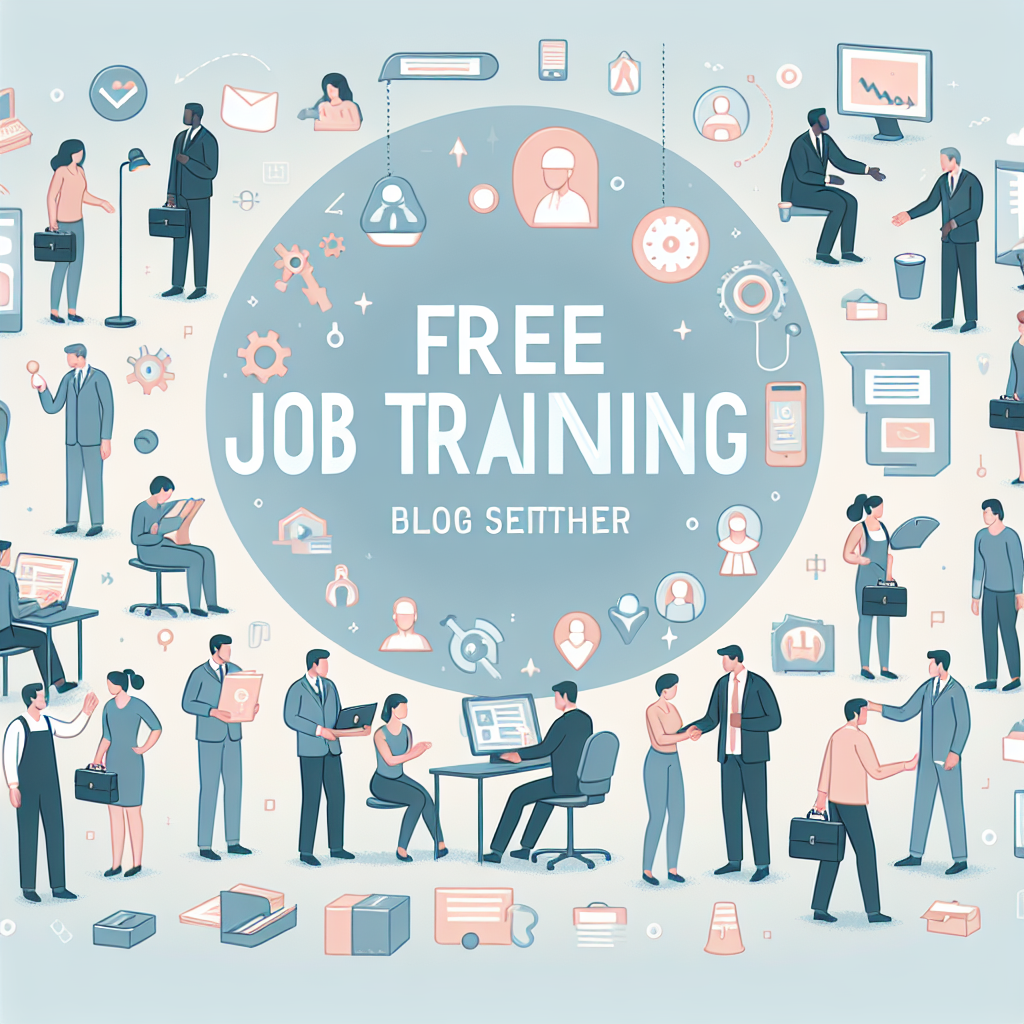Free job training can open doors to new careers, higher pay, and greater job security without the burden of tuition. Everything You Need To Know About Free Job Training is a straightforward guide to types of programs, where to find them, how to evaluate quality, and ways to turn training into paid work. Whether you’re switching industries or just starting out, free training opportunities can be an efficient pathway to gainable skills and recognized credentials.
Types of free job training programs
Not all free training is the same. Programs vary by duration, credentialing, and employer involvement. Common formats include:
- Short online courses and MOOCs that teach specific tools or soft skills.
- Community college noncredit programs sometimes offered at no cost through grants.
- Apprenticeships and on-the-job training that combine paid work with classroom instruction.
- Workforce development programs sponsored by state or local governments.
- Nonprofit and industry-sponsored bootcamps focused on high-demand occupations.
How to find reputable free training opportunities
Search smartly: start with local workforce boards, community colleges, and reputable nonprofit providers. Many employers advertise training-to-hire programs on job platforms and college job boards; if you’re a student or recent grad, the ultimate guide to job boards for college students in the USA — free and paid options can help you identify job listings and training pathways targeted at college students.
Use official resources
National and regional workforce agencies often list vetted free training tied to in-demand careers. Internationally recognized resources such as UNESCO’s vocational training portal also offer guidance on technical and vocational education and training approaches, which is helpful when comparing program frameworks and outcomes: UNESCO-UNEVOC portal on technical and vocational education and training.
What to evaluate before you enroll
Quality matters more than “free.” Ask these questions before committing:
- Is there a recognized credential or certificate at completion?
- Does the program provide job placement assistance or employer partnerships?
- What are completion rates and alumni outcomes (employment, salary)?
- Are instructors experienced practitioners or accredited educators?
- What are the time and equipment commitments required?
Costs beyond tuition and how to handle them
“Free” often covers instruction but not incidental costs. Common hidden expenses include transportation, required software or hardware, and time away from paid work. To manage these:
- Ask about stipends, transportation reimbursements, or loaner equipment.
- Look for programs timed outside normal work hours or that offer flexible online modules.
- Explore wraparound services like childcare or career coaching that some grant-funded programs provide.
Maximizing the value of free training
Treat free training like an investment in your career. Build a plan to convert skills to income:
- Document projects and outcomes to showcase on resumes and portfolios.
- Request letters of recommendation or employer references from instructors or mentors.
- Use internships, apprenticeships, or volunteer work to gain practical experience.
- Network with cohort members and alumni; many job leads come through peers.
Quick checklist before you start
- Confirm credential recognition and employer acceptance.
- Clarify scheduling, location, and equipment needs.
- Understand completion requirements and assessments.
- Ask about placement rates and career support services.
Short bulleted takeaways
- Free job training comes in many forms—choose based on credential and job connections.
- Investigate outcomes and partnerships; free doesn’t equal low quality.
- Plan for incidental costs and document your learning for employers.
Frequently asked questions
Will free training lead to a real job?
It can, especially when programs are employer-aligned or offer apprenticeships. The likelihood improves when the provider publishes placement data, partners with local businesses, or includes hands-on experience as part of the curriculum.
Do free programs provide recognized certifications?
Some do—many workforce programs and nonprofits provide industry-recognized certificates or prepare you for vendor exams. Always verify that the credential is accepted by employers in your target field.
How long do most free programs take?
Durations vary from a few weeks for bootcamps and microcredentials to several months for apprenticeships. Choose a timeline that fits your availability and career urgency.
Free job training can be a powerful, low-cost path to new employment if you vet programs carefully, plan for hidden costs, and proactively translate learning into work experience and visible achievements.



